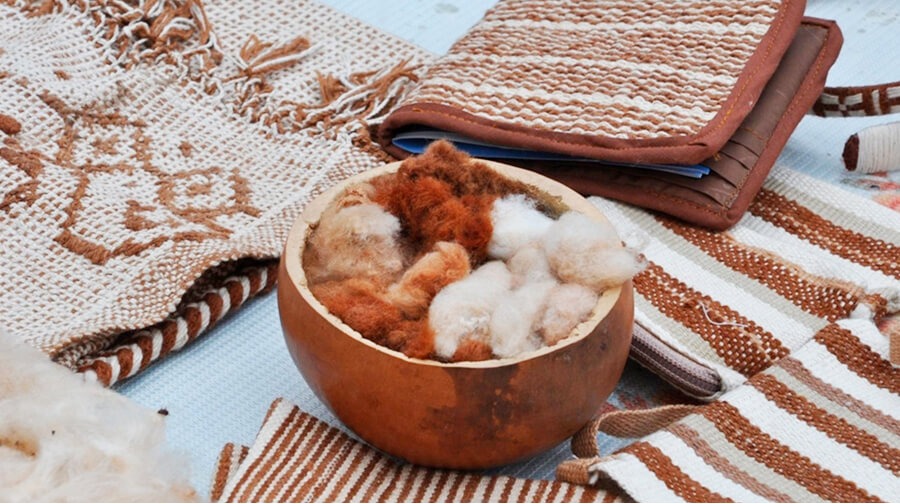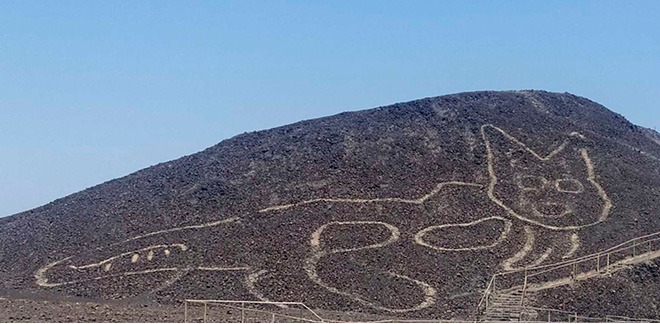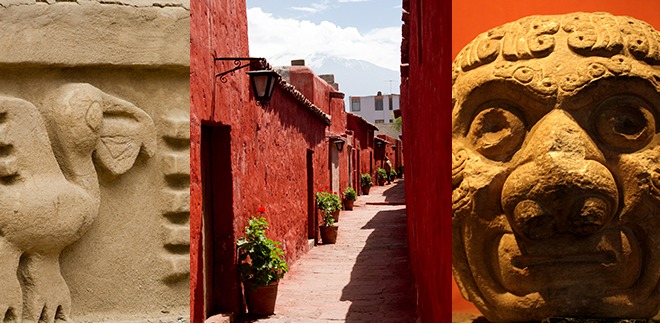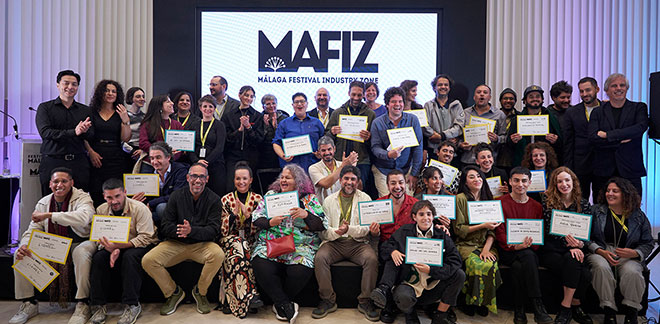The use of native cotton as an ancient tradition
Síguenos en:Google News
The presence of native cotton in our country dates back to about 5,000 years ago with the inhabitants of the city of Caral, the center of the oldest civilization in America, located north of Lima. According to research, it is known that cotton was produced here in order to use it to make nets and clothing of various colors and designs. In addition to domestic use, it would probably have had commercial and ritual purposes (as an offering to the gods, textiles were frequently burned).
The northern region of Lambayeque, considered the most important in the production of native cotton in Peru, has also revealed evidence regarding the ancient nature of its cultivation. According to the archaeologist Walter Alva, a bundle covered with fragments of dark brown cotton textiles was found in the sarcophagus of the Lord of Sipán, as well as a set of small quadrangular metal plates sewn to a cotton cloth.
The book "Lambayeque, native cotton and textile crafts", whose author is the designer and linguist Cristina Gutiérrez, states that in places like San José, Monsefú and Etén, families continue producing garments for ceremonies with ancient origins and the famous Chalán hats. "This department is perhaps the only one on the coast that did not allow itself to be subjugated by Creole culture, and which has maintained its handcrafted cotton-based textiles intact," says the linguist.
Gutiérrez also explains in her book how the weaving process in this ancient art is carried out, and how "it is still spun by hand, putting the fiber on the kaite, which is a tripod made from carob, and drying the fingers with chalk called yapato, as we can see in pre-Hispanic iconography. It is woven on back-strap looms, and sown with needles taken from the thorny tree known as the faique."
The art of joy
In Peru there are more than 76,000 registered artisans, of which 34 are recognized as Amautas de la Artesanía (Handicraft Masters); one of them is Petronila Brenis Farfán, a weaver who has devoted her whole life to the art of using native cotton, "since she was little she played at ginning and spinning cotton".
"If I see handicrafts I feel an intense joy that I don't want to ever end, so that I can continue to show what native cotton art is. From the cotton buds with the seeds we get the yarn and make the garments," says 'Petita', as her family and friends call her.
Brenis Farfán pointed out that tourists are the ones who value the garments she and her colleagues make, and which, because they are made of native cotton, last more than 20 years. "Industrial yarn doesn't last. That's why people's clothes all used to be made of cotton yarn because they knew how long it would last; there was no industrial yarn before," she says.
Peruvian cotton and its enzymatic capacity
Native cotton (in various types of Gossypium genus) comes from the Peruvian coast and southern Ecuador. Its cultivation has extended from the northern part of Argentina to the northern Galapagos Islands. It can be found in Central America and the West Indies, in the southern United States and parts of Africa, India and Egypt.
Peruvian cotton stands out for its enzymatic capacity that, without using dyes, causes it to possess a variety of colors such as white, cream, beige, brown and reddish brown, green, yellow and lilac.
Nowadays, native cotton is used in the production of traditional fabrics and for the practice of popular medicine in the control of topical and psychosomatic infections.
Did you know?
- In 2006, the Regional Government of Lambayeque declared native cotton to be natural heritage of the region, recognizing its cultural value and showing interest in its recovery.
- In 2008, Law 29224 was published, whereby the Peruvian government declared Peruvian native cotton to be a "Genetic, Ethnic Cultural Heritage of the Nation", ordering its reclamation, recovery, protection and promotion at national level.
Sources: Mincetur/ La República/ RPP








